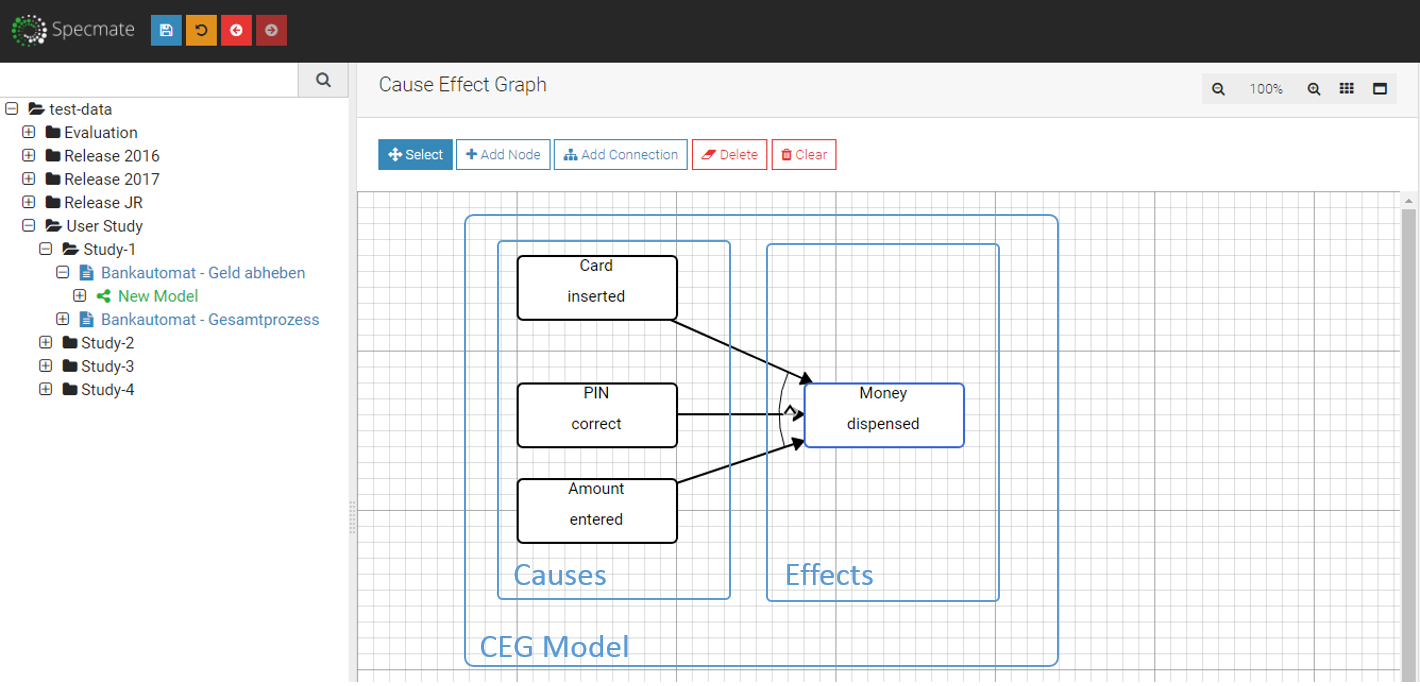Qualicen Snapshot – Ausgabe 2/2021 [in German]
Liebe Freunde und Freundinnen, liebe Partner*innen von Qualicen, das Jahr 2021 neigt sich langsam dem Ende. Hier kommt nun noch rechtzeitig vor den Feiertagen unser neuer Snapshot. Mit diesem Format sind wir im Dezember 2020 gestartet und wollen Sie zweimal im Jahr
Qualicen Snapshot – Edition 1/2021 [in German]
Liebe Freunde und Freundinnen, liebe Partner*innen von Qualicen, es ist soweit: die zweite Ausgabe unseres Snapshots - die erste im Jahr 2021 - ist fertig. Wir sind im Dezember 2020 mit diesem neuen Format gestartet und möchten uns zuerst noch einmal ganz
Presenting to You: Qualicen Snapshot [in German]
Liebe Freund*innen und Partner*nnen von Qualicen, Langsam schaffen wir es nicht mehr uns mit allen Kontakten regelmäßig persönlich auszutauschen. Und manche/r scheut vielleicht die Hürde uns einfach mal auf die neuesten Entwicklungen anzusprechen. Und auch nicht jede/r hat die Zeit unseren Updates
The Incredible Potential of Text Analytics – The Use Cases Explained.
New advances in text analytics make the tech news nearly every week, most prominently IBM Watson, but also more recently AI approaches such as ELMo or BERT. And now it made world news with the pandemic caused by the Covid-19 virus, with the white house requesting help via NLP.
Text Analytics and Natural Language Processing (NLP) deal with all types of automatic processing of texts and is often built on top of machine learning or artificial intelligence approaches. The idea of this article is not to explain how text analytics works, but instead to explain what is possible.
Detecting Cause-Effect Relations in Natural Language
Anyone who has used a recent version of Specmate might has already seen an amazing new feature. In the overview screen of any Cause-Effect-Graph is now an anoccurus little button titled “Generate Model”. Clicking this button will trigger a chain of systems, that is capable of using natural language processing to turn a sentence like
If the user has no login, and login is needed, or an error is detected, a warning window is shown and a signal is emitted.directly into a CEG, without any additional work from the user:
 In this article we will do a deep dive into this feature, have a look at the natural language processing (NLP) pipeline required to make such a system work, see different approaches to implement it, and figure out how to garner the power of natural language processing for our goals.
In this article we will do a deep dive into this feature, have a look at the natural language processing (NLP) pipeline required to make such a system work, see different approaches to implement it, and figure out how to garner the power of natural language processing for our goals.
Light-weight Requirements Modelling and Test Case Generation: Try it yourself!
Automatically generating test cases from requirements?
We show you how. For this, we created a new way to create lightweight models for requirements. The advantage of lightweight models over text: These models can automatically generate test cases. How awesome is that? Check out our youtube demo to see the system in action: [embed]https://www.youtube.com/watch?v=PlaOzUmVIcM[/embed] You can find more information in two blog posts: Part 1 and Part 2. Or, check out our live demo and try it yourself:How to automate Test-Design with Specmate – Part 2: End-to-End Testing of Business Processes
This article is a sequel to our blog post Structured Test-Design With Specmate – Part 1: Requirements-Based Testing published by my colleague Maximilian. So far, Maximilian introduced you to our tool Specmate - a tool that helps you to automate your test-design. He explained how to model requirements using cause-effect-models and how to automatically generate test specifications based on them. However, Maximilian told you only half the story (I’m sure you were already guessing that based on the Part 1 in the title. ;-) ): Not all requirements are like the ones in his examples. Many requirements are of a different nature and can’t be specified easily using cause-effect models. In this post, I’ll demonstrate the second way of modeling requirements in Specmate: Business processes. Furthermore, I show how to generate automatically end-to-end tests based on these business processes.
Structured Test-Design with Specmate – Part 1: Requirements-based Testing
In this blog post I am going to introduce Specmate, the result of a research project I have been involved into. It is an open-source tool to automate test-design, among others. This is the first post of a series in which I am going to show you some of the ideas behind Specmate.
What is test-design and why does it matter?
Test-Design is the activity to come up with the right test-cases for a piece of functionality. But what are the right test-cases? There are many criteria, depending on your focus. For me, there are two main points:- First, they should test the right content. That means, they relate to the requirements for this functionality and cover every aspect that the requirements talk about. They should hence be able to find faults: deviations of the implementation with respect to the specification.
- Second, they should be feasible. That means, it should be possible to execute the test-cases without wasting resources.







